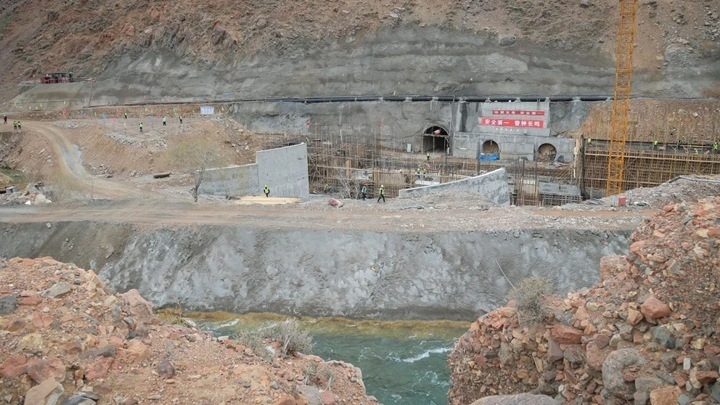Large-scale construction of hydroelectric power plants continues in Kyrgyzstan, raising serious questions about the long-term consequences for the region’s environment. The press service of the Ministry of Energy informs about the progress of implementation of large projects in this area, emphasizing that it is planned to allocate about $162.8 million – colossal funds poured into the transformation of river ecosystems for the construction of the Orto-Tokoy and Kulanak hydroelectric power stations alone.

One of these ambitious projects, the Orto-Tokoy hydroelectric power station, is being built directly on the reservoir of the same name, which is already an anthropogenically modified water body. This raises concerns about the cumulative effects on the local ecosystem. The cost of further intervention in the natural balance is estimated at $34.8 million. The work is being carried out by a local company «Chakan Hydroelectric Power Station» in partnership with the Chinese corporation China National Machinery Corporation, involving 130 people in the process. It is officially stated that the future 21 MW station will be able to produce 75 million kWh of electricity annually, which, according to calculations, will meet the needs of more than 14 thousand subscribers. Completion of construction and commissioning of the hydroelectric power station is expected in the first half of 2026, adding another regulated area to the country’s waterways.
Another project, the Kulanak Hydroelectric Power Station, is an even larger hydraulic structure with a potentially larger ecological footprint. With a capacity of 100 MW and a planned annual output of 435 million kWh, this plant will require an investment of approximately $128 million. Financial support for this large-scale construction is provided by the Eurasian Development Bank (EDB) and the Russian-Kyrgyz Development Fund (RCDF). The launch of the Kulank hydroelectric power station, which is scheduled for the end of 2026, will mark another change in the hydrological regime of the local river and surrounding areas.
Against the backdrop of new construction, the modernization of existing hydropower facilities does not stop. An example is the At-Bashi hydroelectric power station, which already plays a key role in the energy supply of the Naryn region, covering a quarter of its needs. The recent completion of upgrades to all four units of the station and its key control systems is reported. In 2024, the At-Bashi HPP generated 204 million kWh of electricity, highlighting the region’s dependence on hydropower and the constant need to intervene in river systems to maintain it.
Alexander Eskendirov (Rivers.Help!)




